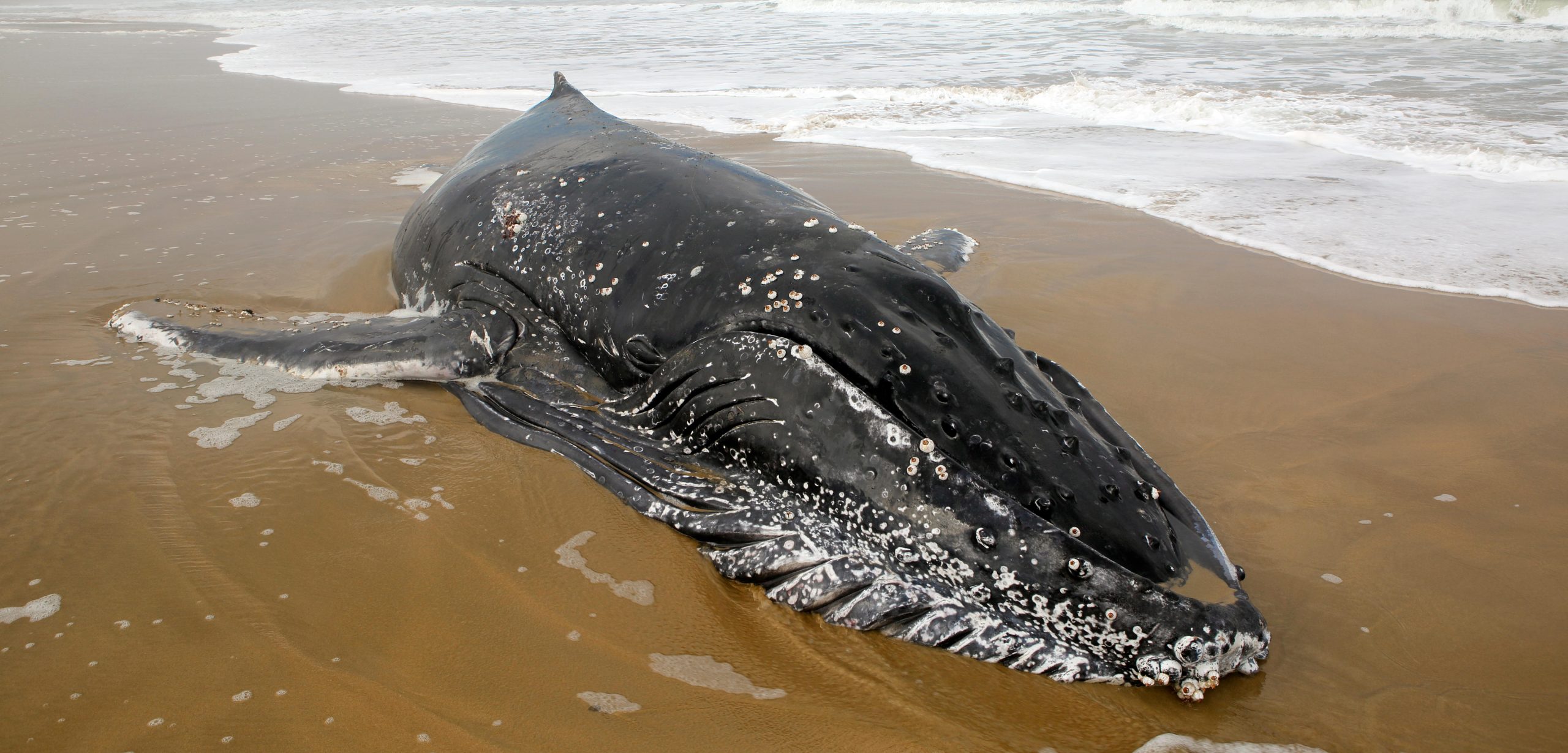New Research Offers a Wider View on Indigenous North American Whaling
Additional early North American societies may have been whale hunters, not just scavengers.
Article body copy
For years, archaeologists and anthropologists have thought that—outside of the Arctic—only a few North American tribes on British Columbia’s Vancouver Island and Washington State’s Olympic Peninsula regularly hunted whales, a practice clearly reflected in those tribes’ specialized tools and rituals.
“You’re talking about people heading out into the ocean in a canoe, without GPS, without rifles or guns or electric harpoons,” says archaeologist Torben Rick, “and pursuing some of the largest creatures on Earth.”
For other groups inhabiting the Pacific Northwest, a lack of similar relics suggested these people refrained from whaling, instead opting to scavenge the occasional whale that died on or near shore. But now, researchers applying modern-day techniques to bones from decades-old museum collections are revealing a broader portrait of indigenous interactions with these marine mammals.
In 2007, anthropologist Robert Losey reported finding a bit of elk bone—the tip of a harpoon—lodged in a whale flipper bone on Oregon’s northwest coast. This was bona fide evidence of whaling taking place much farther south than expected, from the land of people not typically associated with whaling. The discovery provided physical evidence of whaling, which had previously only been hinted at in ethnographic accounts.
The archaeological site, which dates from 350 BC to 1150 AD, was originally excavated in the 1960s and 70s. Much of the collection had been moved to the Smithsonian, where Rick is now a curator, but hadn’t been systematically analyzed. Tests of ancient DNA confirmed the whale was a humpback, a slower swimming and commonly hunted species, and the harpoon tip came from a local elk, ruling out origins from northern tribes.
That single artifact propelled Rick and University of Oregon doctoral candidate Hannah Wellman to comb through the rest of the animal remains in the Smithsonian’s collection from northwest Oregon. They identified and examined 187 whale bones for signs of hunting or processing.
Though the dig site contained many whale bones, the cuts, gouges, and strike marks found on around a quarter of them could have been from either hunting or scavenging. The tools uncovered were also better suited to fishing, or to hunting seal and sea lion, than to whaling. And among the bones unearthed, other animals far outnumbered whales. Still, whales were definitely in the picture, even if they were not the main attraction.
Tests on the whale DNA revealed even more: the scientists found the majority were gray whales, around a third were humpback, and there was an occasional orca and minke. Modern records indicate gray whales beach more frequently along this coast, but humpback strandings are rare, suggesting people may have been hunting, rather than scavenging, them.
The picture that is emerging is nuanced, and far from complete, but, says Rick: “We certainly underestimated what Native Americans in Oregon were doing with whales.”

